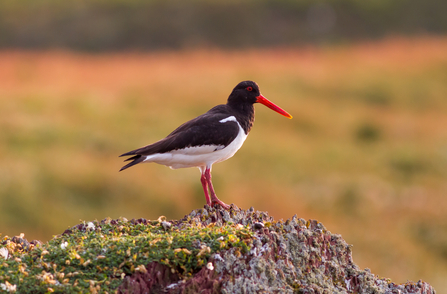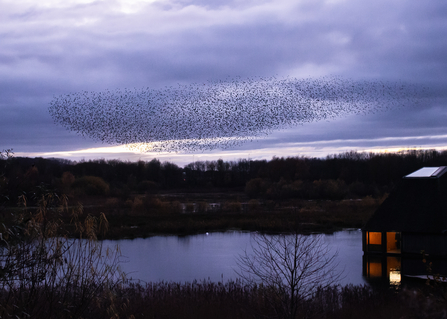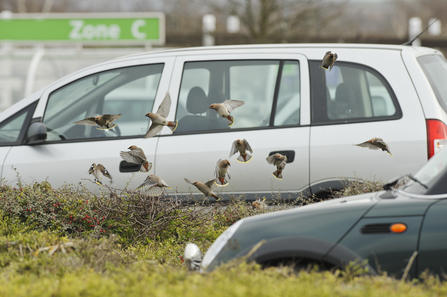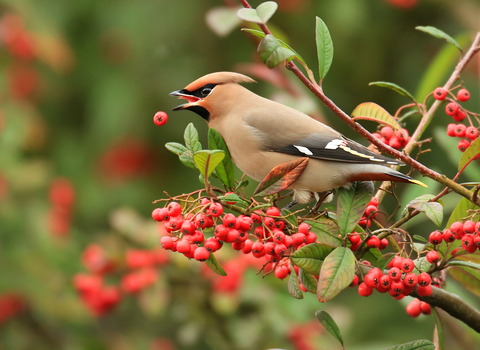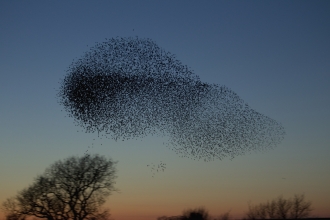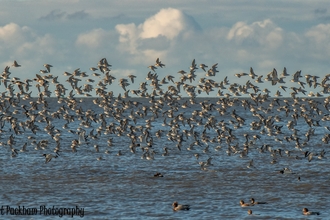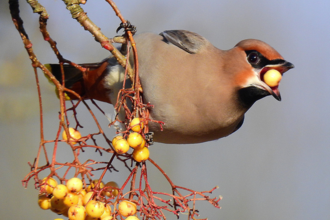The different bird species migrating to the UK in the winter often go unnoticed by the untrained eye, however with a third more birds settling in the UK this season, there are more species than ever to spot.
With warmer temperatures than our migrants’ colder climates and a range of wild berries, the UK is a fantastic place for birds to settle down for the winter, helping them to prepare for next year’s breeding season.
I’ve started to notice a larger number of birds flocking to the UK during the winter on my walks. I recently visited Heysham, where I noticed hundreds of oystercatchers perched on the sea defences.


